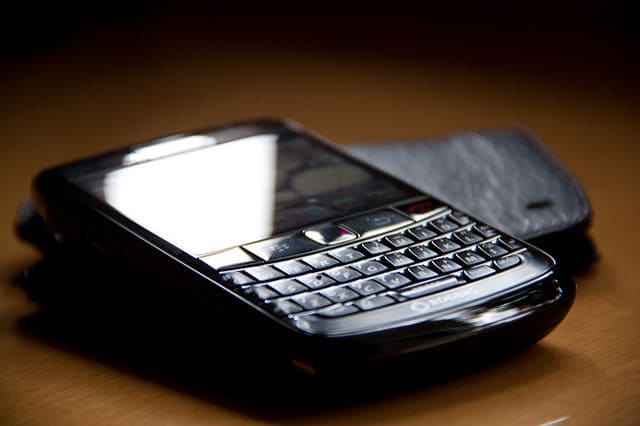Myth Confirmed
I recently started re-watching old Mythbusters episodes with my two oldest boys — and we’re having a blast.
The original series, which ran on the Discovery Channel from 2006 to 2016, was hosted by special effects engineers Jamie Hyneman and Adam Savage. Curious about what happened to Jamie and Adam after the series ended, I did a little poking around and discovered that among many other things, Adam became involved in the maker website Tested.com, which was rebranded as “Adam Savage’s Tested.”
This site hosts videos which are primarily a mix of high tech product reviews and instructions for maker projects. My oldest son and I, for example, got a kick out of watching a tutorial where Adam modified an off-the-shelf Nerf gun into a 1000-shot blaster (see above).
The reason I’m bringing this up is because I’ve recently begun reading the questions submitted by members of the Digital Minimalist Book Club.
An issue that arises frequently in these queries is the ambiguous tension between the digital and the analog. I’ve been writing recently about the damage caused when low quality digital distraction push more meaningful and satisfying analog activities out of your life.
As I detail in Digital Minimalism, for example, one of the most commonly reported experiences from last year’s 1,600 person digital declutter experiment was the surprising joy of rediscovering leisure activities that used to be unexceptional, like reading random library books, knitting, or building something with your hands. Participants were often shocked to realize the degree to which these simple but fulfilling pasttimes had been pushed aside by mindless streaming and outraged commenting.
These observations seems to pit the analog against the digital. So how, then, do we think about Adam Savage’s Tested?
My conclusion: with great appreciation.




